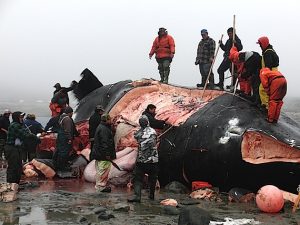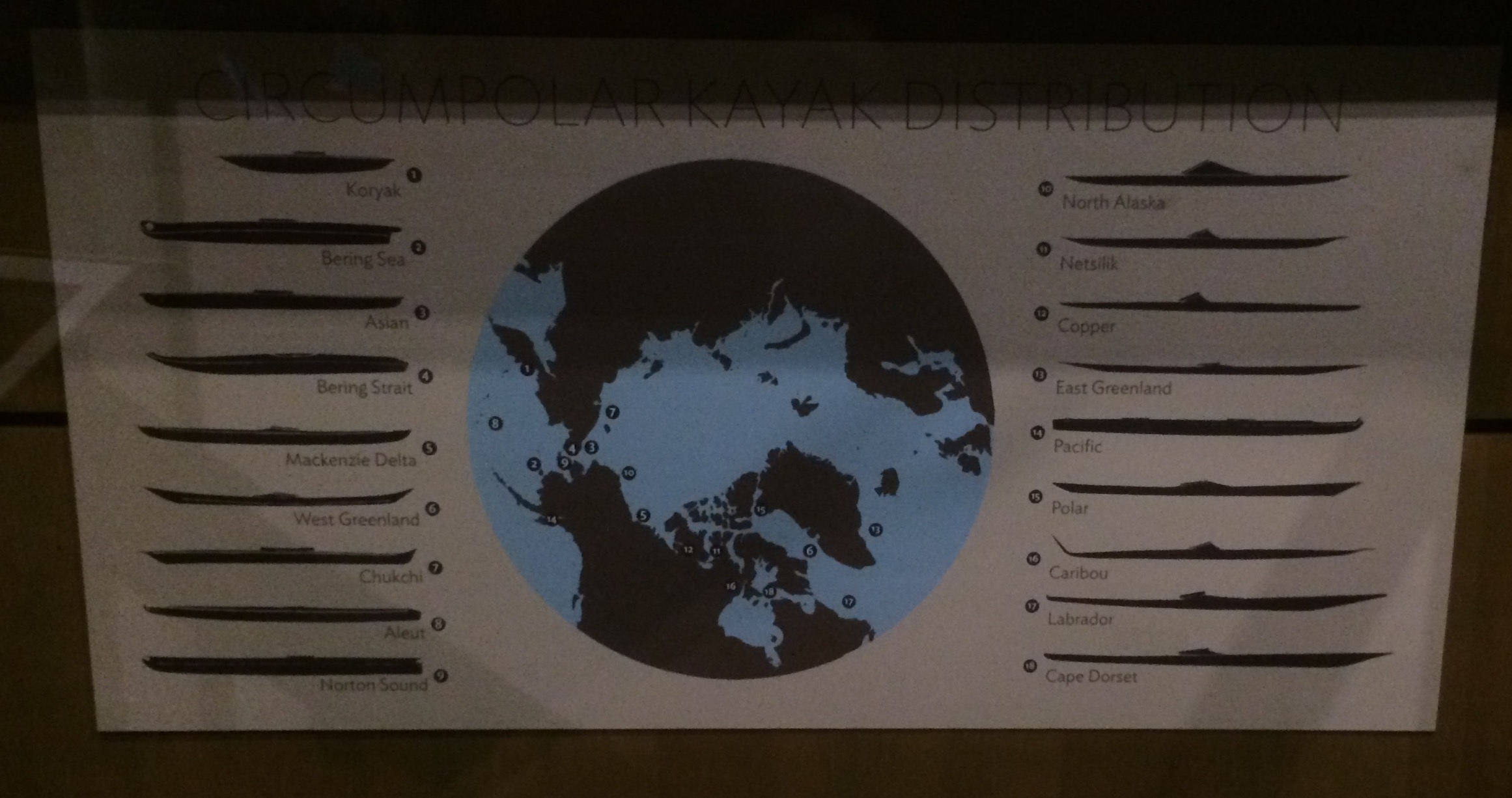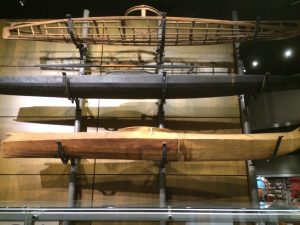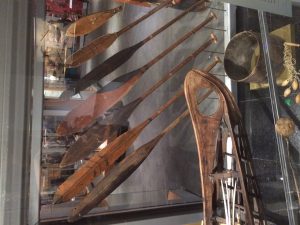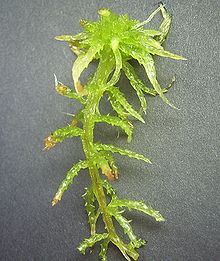
I like the name The Goldbelt Heritage Institute Culture Camp. I am assuming that was at the “Methodist Camp”? The students I spoke with were so willing to share what they learned. I really feel as if they enjoyed their time there. I enjoyed just the small amount of time I spent there. They caught a seal, deer, porcupine, fish and learned how to process them, so important yet something most will never see. I also learned how to can salmon in a pressure cooker. Finally someone explained it to me; leave it to a kid! Dancing at camp was a highlight. Stay low to stay strong and look each other in the eye. I liked David’s interior Tlingit song about women placing fish on the rack while dancing. I somehow need to incorporate that into my culture…
The math hunt was fun. I think I will incorporate that in my lesson plans. Students need to be outside more often. Also, using native art to express math concepts was beautiful. My favorite lesson, however, was the sphagnum moss experiment. When I get old and lose bladder control I got my go to… Biology today is so textbook as are all the hard sciences. What can our local plants be used for? What can the local fauna be used for? What is in our environment that is useful. That is culturally significant to all cultures in a given area.
2nd Part:
I thought Scott’s community project in Nikiski was genius! What a great project to help to build the community in Nikiski. I have never been to Nikiski but have heard from people from neighboring towns that the community there, or lack there of, has problems. Which, makes this project doubly important.
A community, tribe or a clan is of the upmost importance for any human to have and, ironically, is what lacks most in our western culture. Through this project, more specifically through the community’s children, he created a seed to help this community grow. Having stories passed down from their parents and elders to the children, knowing the biology and geology of the area and writing poetry about their home are all great ways to lift up a community and bring it together. …And it was all done through a school. What potential a school has!
Thanks to Alberta for helping to give us some understanding on how to invite elders into the room. It was very insightful and will be helpful for my future classes. I outlined a review of some of this in my lesson plan.
Ernestine was my favorite of the guest speakers. As an aspiring writer, to me her words were golden. I lived in San Francisco and know the homeless shelters she spoke of. I knew automatically how rough of a time she must of had in some of the city’s shelters. It is amazing to see her beaming with so much light.
The story she told about how she came back to Alaska to enter the writing program at the university and she thought admissions didn’t want her to enter which turned out not to be the case. She attributed it to be the part of her hurtful past. How many times I thought some people meant something derogatory when they didn’t really! I am sure we all thought that at some point. Never assume… Her words were specific, to the point and truthful even about stuff that hurts. Especially the story of her on the dock as a little girl. The first step to healing is to talk about it; hearing someone else open up with the truth helps others have courage to do the same.
 This being one of Angie’s favorite books I would be afraid to assigning anything under a 3 for all areas of the Evaluating Multicultural Literature Rubric. It seemed to have a well developed plot (albeit not quite on par with War & Peace), Paul Owen Lewis seems like he comes from a place authority, there was a authenticity through the characters and setting, the dialog is relevant and the theme being universal is why I chose this book.
This being one of Angie’s favorite books I would be afraid to assigning anything under a 3 for all areas of the Evaluating Multicultural Literature Rubric. It seemed to have a well developed plot (albeit not quite on par with War & Peace), Paul Owen Lewis seems like he comes from a place authority, there was a authenticity through the characters and setting, the dialog is relevant and the theme being universal is why I chose this book.

